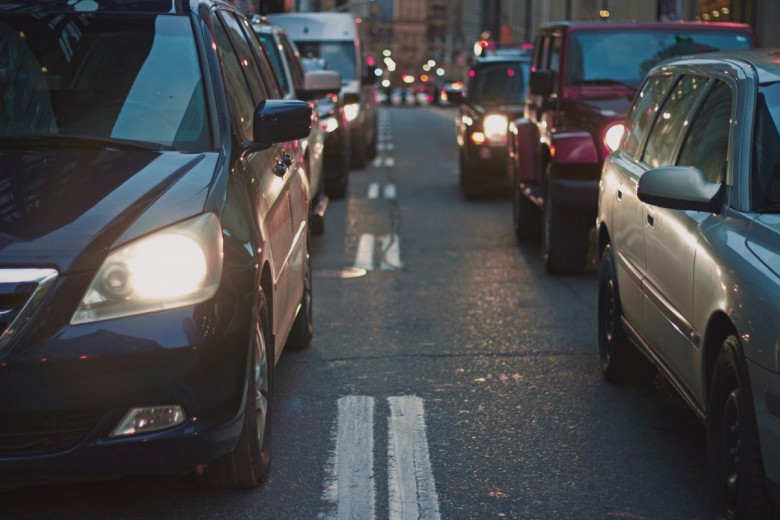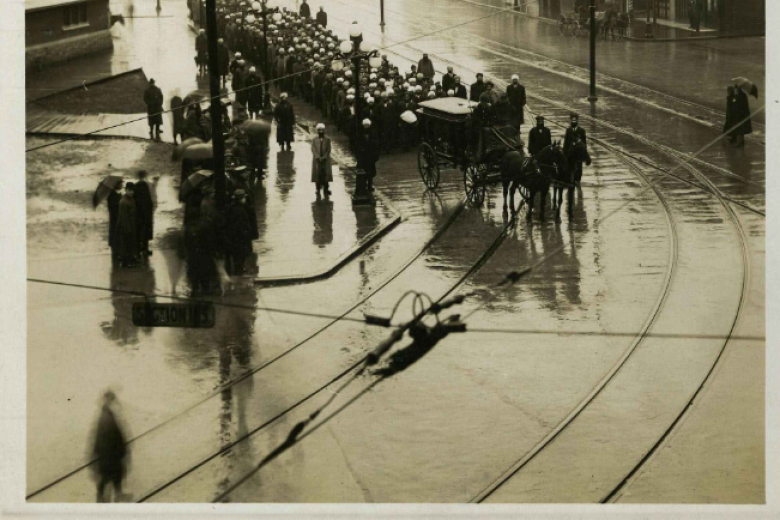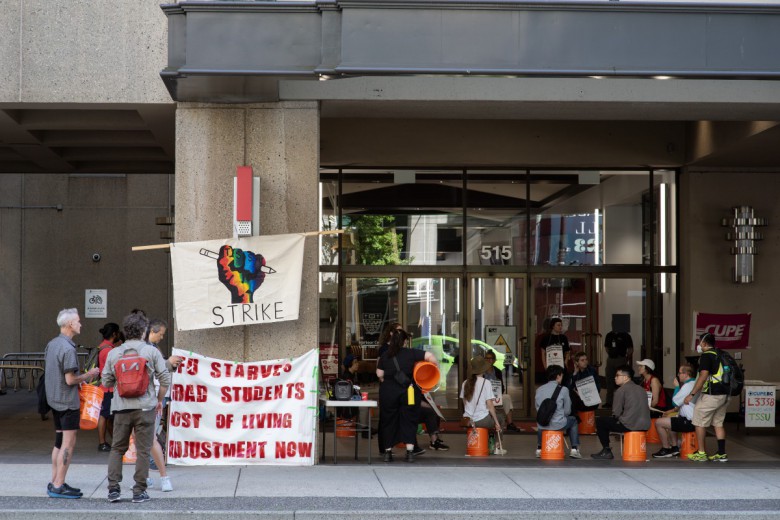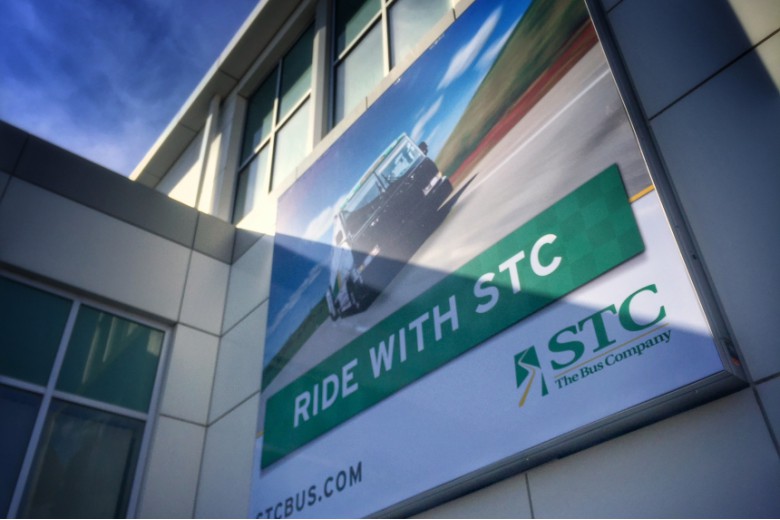I live in suburbia – a place deeply linked to car dependency. It’s not the urban core, but close enough that there is a public transit system. I have a licence, but I don’t own a vehicle, for a number of good reasons. One is cost: owning a car would amount to a third of my income spent on maintenance, payments, gas, and insurance. Some months I buy a monthly bus pass, but in times when I have to watch my spending, I trim transportation costs and skip the pass. A single trip on the bus costs at least $2.20 (the amount depends on a number of factors, like mode of transit, type of payment, and time of day). That’s money I can put toward a new pair of shoes or a new raincoat; after all, I live in one of the wettest parts of the country. Often, I walk or bike in order to save money, get exercise, and engage in a more environmentally friendly mode of transportation.
My transport options require me to trade time for savings. For example, when I pick up my groceries from the food bank, the trip is a roughly three-hour ordeal by foot. When I walk the 45 minutes to the food bank – even in the rain, and even when I’m tired from dropping off my nephews at school – I try to do other errands on the way, like return library books or do my banking. And that’s all before the 30- to 45-minute wait at the food bank, depending on the number of people accessing the service that week.
My transport options require me to trade time for savings.
These are all calculations: I have to weigh whether I’ll be saving money or saving time. I figure that the extra time these decisions take makes it worth the money I save, so I can spend it on other necessities, or put it toward my retirement savings. Because, yes, even I want to retire.
I live in Metro Vancouver, where many people commute by car and don’t necessarily live and work in the same community. People use their cars a lot, from commuting to running errands, to ferrying around their kids, to escaping town for the weekend.
There are things I miss about not owning a vehicle, like going to regional or provincial parks that aren’t accessible by public transit – or they are, but they take five hours to access, as opposed to the one hour it takes to arrive by car. But making the decision about how I move around has led to other benefits.
For instance, when I drop off and pick up my nephews from school, we ride our bikes together and the boys are learning to be street safe. They take the time to stop and notice the bird’s nest in a bush or the difference between the trees that shed their leaves in fall and the ones that don’t. They notice these things while biking and walking – things I doubt they would notice if we drove to school every day. This is my way of teaching them that life without a vehicle is possible.
I am not advocating that everyone abandons vehicles. I rely on vehicles to get certain goods I need, and I know that others need to decide what is right for them. But I also recognize that mass overreliance on personal vehicles disconnects us from each other and the world around us. For those who can’t walk to their destinations like I can, public and subsidized transit helps make their own choices and calculations – though transit systems generally have a long way to go before they’re completely accessible, affordable, and usable for those who rely on the service.
I think there needs to be more public transit, not less – and that should come with an attitude shift. Cities like Vancouver that have well-developed transit also have huge parking lots to accommodate personal vehicles. Though that land remains idle for most of the day, it’s justified by consumption and convenience. These lots are often prioritized over walkability and transit, although the latter two not only help the environment, but also provide alternatives to car ownership.
It takes a lot of forethought, time, and energy to plan a life without a vehicle, and many people have to make these calculations daily. When cities invest in better transit and when people choose to use that instead of driving, we can make these challenges less onerous for those of us who rely on public transportation.







